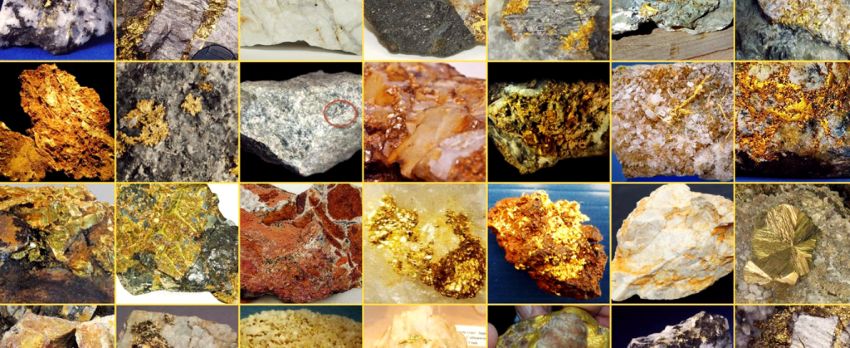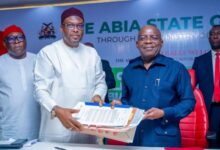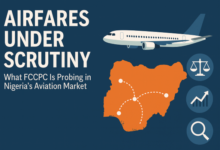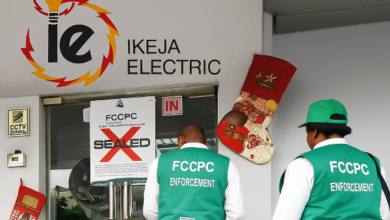Africa Adopts New Mineral Reporting Code to Spur Investment, Diversify Economies

In a landmark move poised to reshape the continent’s extractive sector and boost economic diversification, African ministers have unanimously adopted the Pan-African Resources Reporting Code (PARC) — a unified framework designed to standardize the way mineral and energy resources are reported across Africa.
This adoption, reached during the sixth inter-ministerial meeting of the Africa Minerals Strategy Group (AMSG), underscores a growing continental consensus: Africa can no longer afford fragmented and opaque reporting regimes that deter investors and weaken its strategic advantage in the global energy and mineral transition.
The meeting, hosted virtually, was chaired by Nigeria’s Minister of Solid Minerals Development, Dr. Dele Alake, who also serves as AMSG Chairman. A statement from his media aide, Segun Tomori, confirmed the ministers’ collective agreement to implement PARC across their respective jurisdictions — marking a significant step toward harmonized governance of Africa’s mineral wealth.
What Is the Pan-African Resources Reporting Code (PARC)?
PARC is a new continental standard developed under the African Union’s African Mineral and Energy Resources Classification and Management System (AMREC). Its goal: to create a common language for mineral resource reporting that aligns with global standards such as JORC (Australia), NI 43-101 (Canada), and CRIRSCO (International Council).
It sets out clear rules for:
- Classification of resources (measured, indicated, inferred)
- Estimation of mineral deposits and their economic viability
- Transparent public reporting by geologists, engineers, and mining firms
Why PARC Matters: The Business and Development Case
Africa is home to 30% of the world’s mineral reserves, yet its mining potential remains largely underexplored and undervalued due to inconsistencies in resource classification, weak regulatory harmonization, and opaque reporting standards.
According to Alake, the absence of a unified and investor-trusted reporting framework has stifled the continent’s ability to attract long-term capital, fairly value assets, and foster downstream industrialisation.
“This inconsistency undermines investor confidence, hinders comparative valuation of assets, and limits access to development financing,” Alake said.
By aligning with global best practices, PARC enhances:
- Investor confidence and bankability of African mining projects
- Comparability of resource valuations across countries
- Access to global development finance and ESG-focused capital
- Credibility of national geological data repositories
Strategic Implications for African Economies
The timing of this move is critical. With the global energy transition accelerating and demand for strategic minerals like lithium, cobalt, rare earths, and graphite surging, Africa is positioned to become a dominant player in global value chains — but only if it can package its assets transparently and competitively.
Countries that successfully implement PARC will be better able to:
- Attract foreign direct investment (FDI) in exploration and beneficiation
- Secure technology partnerships for local processing
- Boost local content and employment in the extractives sector
- Drive value-added exports, not just raw ore exports
- Anchor their green industrialisation ambitions
Policy Push: AMSG and Nigeria’s Leadership
Formed in January 2024 by ministers from 16 African countries at the Future Minerals Forum in Riyadh, AMSG was created to coordinate African countries’ mineral development strategies and assert their voice on the global stage.
Nigeria, under Alake’s stewardship, has taken a leadership role in this effort. According to the latest updates, Nigeria has completed all procedural steps to ratify the AMSG Charter — with only President Bola Tinubu’s formal assent pending.
Alake has also been lauded for championing Africa’s value addition drive, advocating at international fora for African countries to no longer serve as mere raw material exporters.
The Road Ahead: Key Challenges and Next Steps
While the adoption of PARC is commendable, implementation will require:
- Capacity building for national geological agencies
- Investment in modern resource mapping technologies
- Legal and institutional reform to domesticate the code
- Public-private collaboration in exploration reporting
- Continental alignment with investor grading systems
To accelerate implementation, ministers were urged to adopt the AMREC–PARC Code not only for government-funded exploration but also as a regulatory standard for private sector compliance.
Conclusion: From Potential to Prosperity
Africa’s mineral wealth, if governed wisely and transparently, can be the cornerstone of its structural transformation. The adoption of PARC is more than a technical reform — it is a bold political statement that Africa is ready to take control of its resource destiny, drive economic diversification, and leverage its natural wealth for inclusive growth.
The world is watching. For Africa, the next frontier is not just to dig deeper, but to report smarter.










